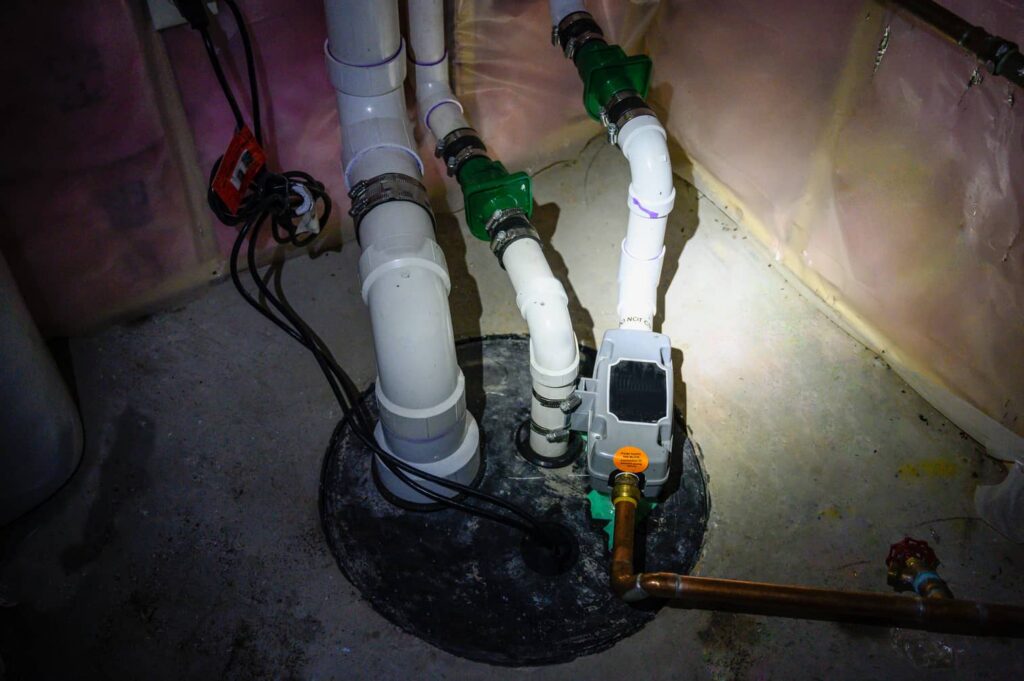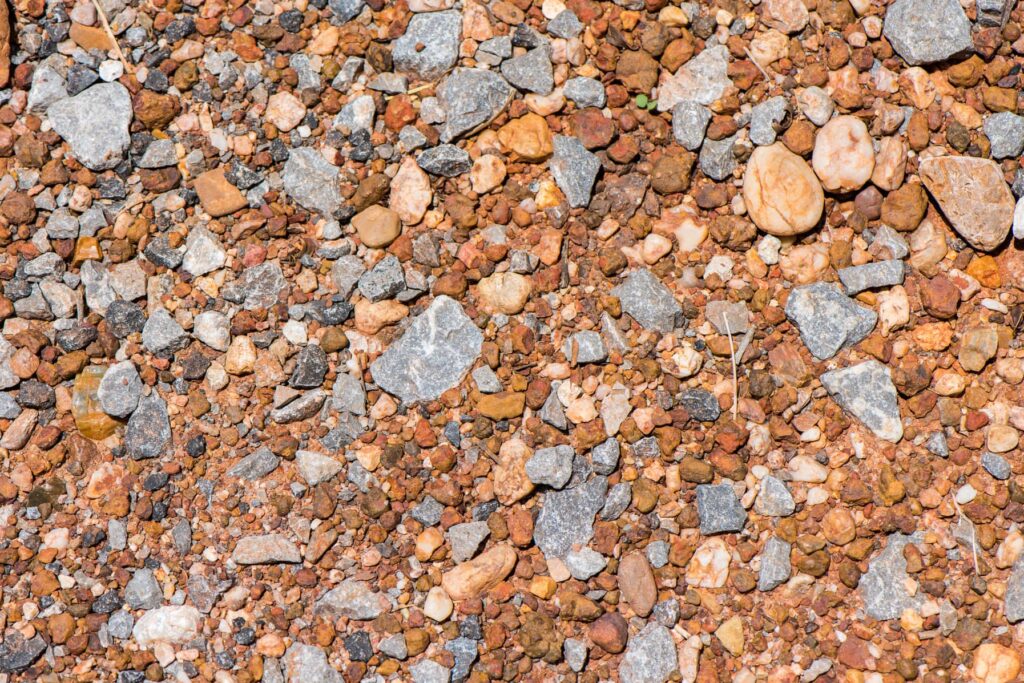Radon is a radioactive gas that can seep into homes through cracks in the foundation, pipes, and other entry points. It is odorless, colorless, and tasteless, making it impossible to detect without proper testing. Radon exposure has been linked to an increased risk of lung cancer, which is why many homeowners invest in radon mitigation systems. However, these systems may sometimes fail to effectively reduce radon levels. What are the main reasons radon systems fail? There are various reasons such as failure of the fan, or water under the slab to name a few.
Let’s take a look at the main reasons radon systems fail.
1) Fan Failure
One common reason for radon system failure is fan malfunction or failure. The fan is the heart of the mitigation system, responsible for drawing radon gas from under the home and venting it safely outside. If the fan stops working or becomes weak, the system will not be able to effectively reduce radon levels. Regular maintenance and inspection of the fan are crucial to ensure its proper functioning.
The fans have a limited lifespan; they are affected by the amount of moisture in the soil, soil type, water under the slab, and organisms that may live in the soil. It is important to replace the fan with the same or similar fan type.

2) Water Under the Slab
Sometimes water can accumulate under the slab during heavy rains and melting snow and it can interfere with the sub-slab suction method commonly used in radon mitigation systems. The presence of water can prevent the extraction of radon gas, allowing it to further permeate into the home. Waterproofing measures, such as installing a sump pump, French drain or a basement dewatering system is your best bet. Additionally, it may be necessary to address this issue and ensure the effectiveness of the radon system.
3) Water Trapped in the Radon System
The piping in the radon system should be free of water traps or places where the water can accumulate in the pipes. Water can be trapped when piping is improperly sloped. Similarly, water trapped within the vent pipe can impede the flow of radon gas and hinder the system’s ability to vent it outside. This can occur due to improper installation or inadequate sealing. It is essential to regularly inspect the vent pipe and ensure it remains free from any obstructions or water buildup.
4) Suction Point Too Small
The size and location of the suction point play a crucial role in the success of a radon mitigation system. If the suction point is too small or improperly placed, it may not effectively draw radon gas from beneath the home. With the suction point, it is important to take out about a five-gallon bucket of material under the slab. If the slab is very thick or the sub-slab material is clay or rock, it can be very difficult to get five gallons out.

5) Soil Not Conducive to Sub-Slab Suction
The soil composition underneath a home can significantly impact the effectiveness of a radon mitigation system. Certain types of soil, such as heavy clay or bedrock, may not allow for efficient sub-slab suction, making it challenging to effectively reduce radon levels. In such cases, alternative radon mitigation methods, like sub-membrane depressurization or block wall depressurization, may be required. The ideal type is a good layer of porous stone directly under the slab. The worst condition is damp, wet clay with no stone.
6) Too Few or Improperly Placed Suction Points
Foundation configuration can necessitate additional suction points. For example, for a basement divided into 2 sections
with a footing, a suction point may be needed on both sides. If the soil is porous such as shale, the system can work fine with 1 suction point.
Inadequate placement of suction points can also contribute to the failure of radon systems. Suction points should be strategically located in areas with high radon concentrations to ensure effective extraction. Poor positioning can lead to insufficient radon removal, allowing the gas to accumulate and pose health risks to occupants.
7) Inadequate Sealing
It is important to seal gaps and openings where soil gas can enter. Not all cracks and openings fall into this category. Openings should be tested after the fan is activated to see if they are communicating with the suction field. Additionally, proper sealing of entry points and cracks is vital to prevent radon gas from entering a home.
If the sealing is inadequate or deteriorates over time, it can create new entry points for radon, negating the efforts of the mitigation system. Regular inspection and maintenance of seals are essential to ensure their effectiveness in keeping radon out.
8) Unique Sites
One example is a house located on a rocky hill that leads down to a body of water. This type of house, especially when coupled with a high radon level, can be difficult to mitigate. During the winter, when the heat is on, a natural draft effect is created by the house (stack effect) which can draw radon in through the rock. Wind can also push the radon through
the exposed rock to under the house.
Other Recommended Maintenance
Now that you know more about what causes radon mitigation systems to fail, let’s take a look at a few other areas of recommended maintenance. One of those is does radon smell? People who don’t know much about radon might think it has a smell to it. Unfortunately, it is a colorless, odorless, and tasteless gas that can harm you and your family.
Another one is buying a home with a radon mitigation system. This is a great idea and a bonus safety feature for a home. Anytime you can buy a home with a feature like this that will save you and your family is a great idea. Also, have it inspected to make sure it is working properly.
Lastly, have a radon test if you don’t have a basement. Just because you don’t have a basement doesn’t mean that you don’t have radon in the home. Basement or no basement, radon testing is highly recommended.
When Do I Call a Professional?
While some homeowners may be tempted to tackle radon system issues themselves, it is generally recommended to seek professional assistance. Radon mitigation requires specialized knowledge and equipment to ensure proper installation, maintenance, and effectiveness. Enviroquest Home Inspections performs radon testing and mitigation services and can assess the situation, identify the reasons for system failure, and provide appropriate solutions tailored to the specific needs of the property.
Conclusion
Radon mitigation systems play a vital role in reducing the risk of radon exposure and protecting the health of homeowners and their families. However, these systems can fail for various reasons, ranging from fan malfunctions to improper placement or inadequate sealing. Regular maintenance, inspection, and working with experienced professionals are essential to identify and address any issues promptly.
By understanding the main reasons for radon system failures, homeowners can take proactive measures to ensure the long-term effectiveness of their radon mitigation systems. Reach out to Enviroquest Home Inspections for plumbing and complete home inspections in Harrisburg, PA.
